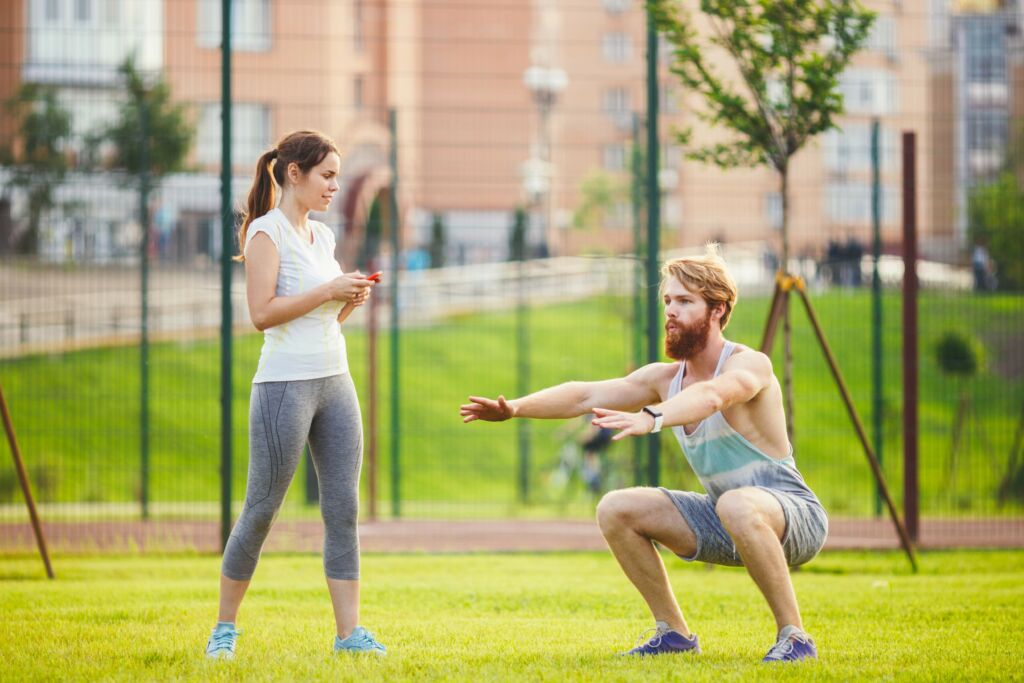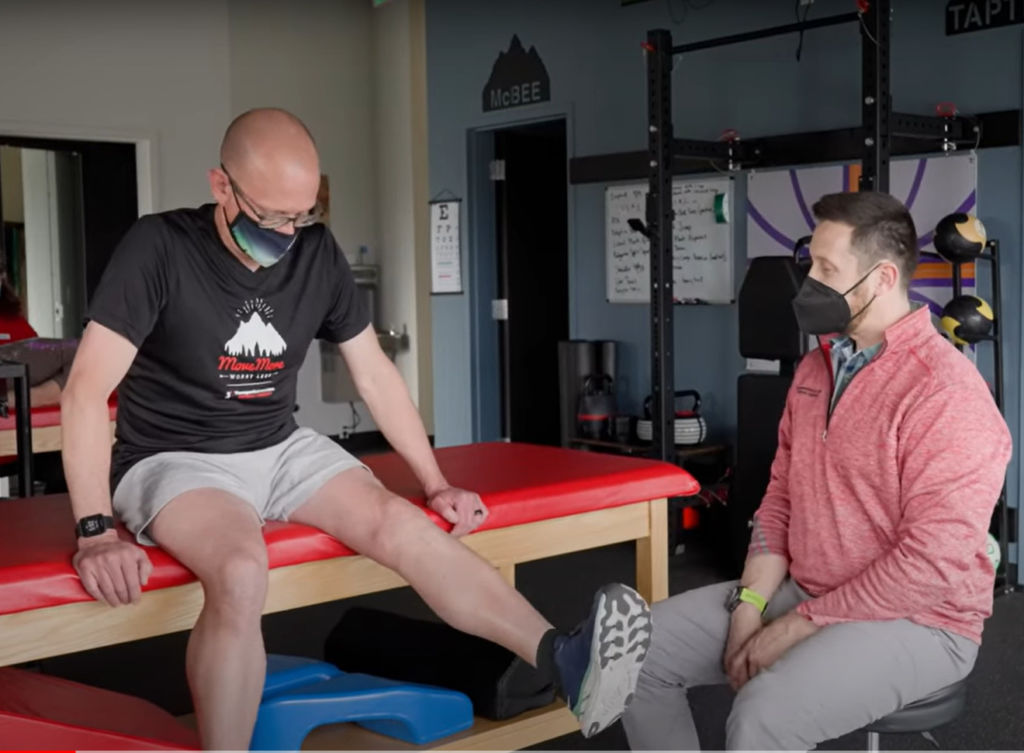When only one in three adults get the recommended amount of physical activity their bodies need each week (according to the President’s Council on Sports, Fitness & Nutrition), it’s difficult to find fault when an individual is making an effort to exercise … even if their effort is slightly misguided.
But since October is National Physical Therapy Month, and physical therapists are the medical community’s preeminent experts in movement, fitness, and musculoskeletal function and injury, we think this is a great time to set the record straight on the top five misconceptions about exercise.
- STRETCHING BEFORE EXERCISE PREVENTS INJURIES
It may be surprising to learn that research shows there’s no connection between pre-workout static stretching and injury prevention. In fact, stretching before a workout, sports practice or competition or any other activity can actually decrease your performance. So instead, add a dynamic warm-up before your exercise of choice. Something as simple as walking or jogging and doing lunges and leg/arm swings can prepare your muscles and joints for more strenuous activity. Stretching is important but should be done after your workouts when your muscles are warm.

- THE MORE THE BETTER
For the more goal-driven crowd, a pedal-to-the-metal approach to fitness can seem the quickest and most efficient way to better health. However, it is critical that workout intensity and length remain in line with one’s current fitness levels and limits. It’s also important to schedule recovery, or rest days, into your routine. Failing to do so can increase your injury risk as well as the risk of burnout. That old saying, “no pain, no gain” is definitely a myth!
- CROSS TRAINING IS FOR ATHLETES ONLY

Cross training is simply working activities into your regimen that differ from your preferred or usual activities. The goal is to improve your overall fitness level by challenging your cardio, strength and balance in different ways.
This type of training diversification will help maximize your workout potential while helping to prevent overuse injuries and burnout, so everyone should do it.
If you are a runner, try hitting the yoga mat a few times a week. If swimming is your go-to workout, consider dryland resistance training or cycling … or better yet, try both! The important thing is to mix up your sweat sessions every week.
- AEROBIC EXERCISE IS MORE IMPORTANT THAN STRENGTH TRAINING
Whether it’s because some people are concerned about too much “bulking up” or they feel spending their limited time on ellipticals and stationary bikes will maximize their efforts, cardio is often a focus for those seeking to improve health. It shouldn’t be the only focus, however. Muscular fitness is just as important as cardio for such issues as weight management, bone health, injury prevention, and so on.
- REST IS BEST IF YOU ARE SORE OR INJURED
Wrong again. While rest has a long history as a go-to response to soreness, pain and injury, research shows that movement and “active recovery” can actually speed up the healing process, specifically when guided by a physical therapist.
If pain or injury is keeping you from getting enough exercise and physical activity each week, consider visiting a physical therapist. Our locally owned clinics offer a wide range of physical therapy services designed for pain relief, function restoration, rehabilitation, injury prevention as well as movement and performance enhancement. We’re here to help you get moving!

Why choose physical therapy?
You deserve quality care and lasting relief. We’ll take the time to listen to your story, discover the root cause of your condition, and create a custom treatment plan tailored to what your body needs to recover quickly.




